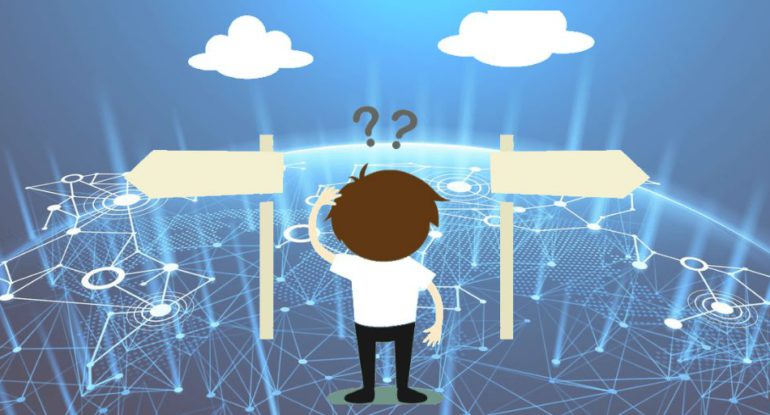Understanding Blockchain Is Easier, Simplified in 500 characters

When Thales of Miletus asked the question about the world we live in, he was starting something new. One question led to another.
In a similar vein, when Satoshi Nakamoto invented Blockchain, he opens a new era. Little wonder some referred to it as “Internet 2.0.”
What is Blockchain?
Many individuals have the misconception that blockchain technology powers only Bitcoin—and nothing more. While this was it soled reason, thoughts were expanded upon, and now, blockchain can do a great deal more—and even a little more than that—as the technology is still in its infancy stage.
Many have the misconception that blockchain will be—and have to consist of simply one block. Well, this is not true!
It’s a whole suite of distributed ledgers of technologies that can be programmed to record and track anything from financial transaction to medical records or—even land titles.
Well I know what you are thinking right now, you may be wondering that we have forms setup already for all these, right? “Yes,” I heard you.
What’s unique about Blockchain? Let’s break it down.
- Capacity to Store of data
Blockchain stores information in groups called—blocks that are connected precisely to form an uninterrupted line: metaphorically a chain of blocks. If a change is recorded to a block, you don’t need to rewrite it; rather blockchain put the adjustment in a new block, also demonstrating that this was changed from this—to—that at a specific date and time.
Blockchain technology is a non-destructive path to trail data changes after some time.
- Trust in information
Now, this is the where things get more intriguing. Before blocks can be added to the network a couple of things need to occur. 1). A cryptographic puzzle must be solved, thus, creating the block. 2). The solution is distributed and shared with all the other computers on the network. Hence this is known as proof-of-work. 3). The network then confirms this proof-of-work, and if correct the new block is added to the chain.
The blend of this complex mathematical puzzles and verification by the computers guarantees we can confide in every block on the chain.
This brings us to the third reason right? Good.
- No more mediators
This is where blockchain has such an incredible advantage. Currently, when do business with each other, we tend to shroud our financial or business records to the next individual. Instead, we confide on trusted intermediaries, such as the banks—or—lawyers to view our records and keep that data classified. These intermediaries are there to build trust between parties. Be that as it may, it implied additional time and money spent.
Blockchain enables you to cut the mediators, lawyers, and banks, as all blocks added to the chain have been checked to be valid and can’t be altered, and it; likewise, saves considerable time and money.
Add a comment
You must be logged in to post a comment.




























































